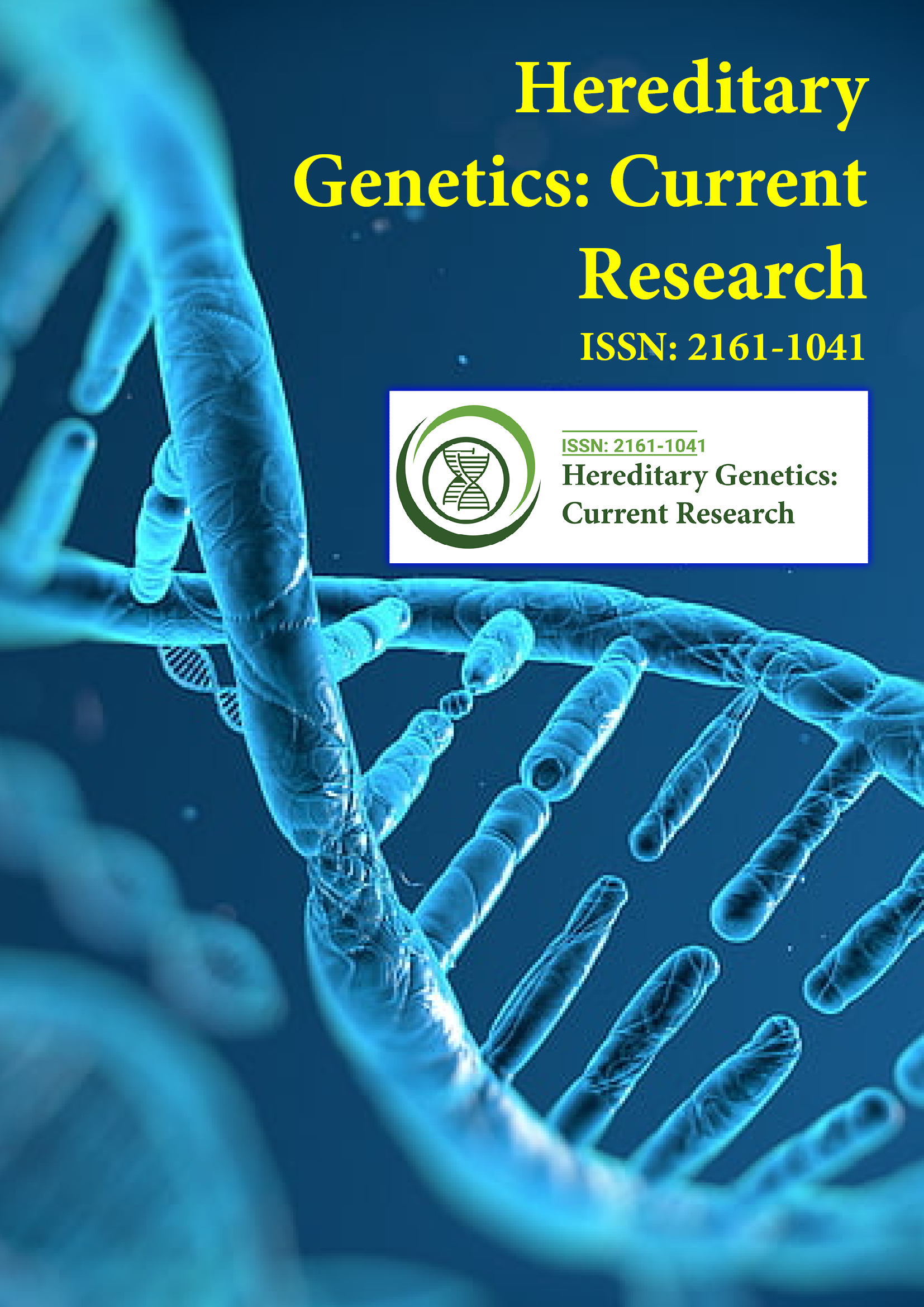Indexado em
- Abra o Portão J
- Genamics JournalSeek
- CiteFactor
- RefSeek
- Universidade de Hamdard
- EBSCO AZ
- NSD - Centro Norueguês de Dados de Pesquisa
- OCLC- WorldCat
- publons
- Fundação de Genebra para Educação e Pesquisa Médica
- Euro Pub
- Google Scholar
Links Úteis
Compartilhe esta página
Folheto de jornal

Periódicos de Acesso Aberto
- Agro e Aquicultura
- Alimentos e Nutrição
- Bioinformática e Biologia de Sistemas
- Bioquímica
- Ciência de materiais
- Ciencias ambientais
- Ciências Clínicas
- Ciências Farmacêuticas
- Ciências gerais
- Ciências Médicas
- Cuidados de enfermagem e saúde
- Engenharia
- Genética e Biologia Molecular
- Gestão de negócios
- Imunologia e Microbiologia
- Neurociência e Psicologia
- Química
Abstrato
Isolamento e caracterização de novas hidrofobinas de fungos marinhos alimentados com hidratos de carbono complexos de algas marinhas
Catalina Landeta Salgado1,2, María Elena Lienqueo1,2
Resumo O crescimento das algas marinhas
possuiuma estrutura principal de polissacarídeos complexos que limita a obtenção eficaz de bioprodutos. Os organismos marinhos têm a capacidade de absorver estes amidos. Desde várias décadas anteriores que certos tipos de organismos têm sido utilizados para fornecer proteínas significativas chamadas hidrofobinas (HFBs). As hidrofobinas são proteínas anfifílicas e dinâmicas a nível superficial e têm sido propostas nas áreas dos medicamentos, alimentar e nanotecnologia. O objetivo deste estudo foi isolar e retratar HFBs de organismos marinhos que lidam com açúcares da expansão oceânica. Foi feito um rastreio de estirpes de Ascomicetes parasitas marinhos e filamentosos (variedade NBR), de modo a descobrir os crescimentos com capacidade de absorver alginato e celulose de algas e produzir HFBs. Foi avaliada a utilização do crescimento verde e dos resíduos da indústria do crescimento verde para criar HFB, utilizando a estratégia de envelhecimento reduzido. Da mesma forma, foram avaliados os limites de salinidade, incubação, temperatura e pH e foram implementadas 4 técnicas únicas para separar os HFBs de classe I e II, do micélio e do stock de cultura. Estes HFBs foram investigados por SDS-PAGE, espectros de dicroísmo indireto Far-UV e limite de emulsificação. O melhor mecanismo para melhorar o rendimento de supostos HFBs de Classe I, em D. salina e Penicilium pinophilum, foi o meio alginato sob a forma de stock de vida, entregando 258 e 280 µg mL-1, separadamente. A representação destas supostas hidrofobinas mostra que: um limite de emulsificação decente e cargas atómicas abaixo dos 14 kDa. A gama de assimilação do dicroísmo indireto mostra que estas proteínas têm um compromisso característico da hélice alfa. A gama de fluorescência com ThT mostra que estas proteínas são auto-recolhidas em rodlet. É possível separar HFBs com qualidades de Classe I de P. pinophilum de um meio base com Ulva sp. Consequentemente, estes microrganismos poderão ser fontes fantásticas de HFBs, utilizando o crescimento dos oceanos como fonte de carbono.